Deck & Commander Strategies
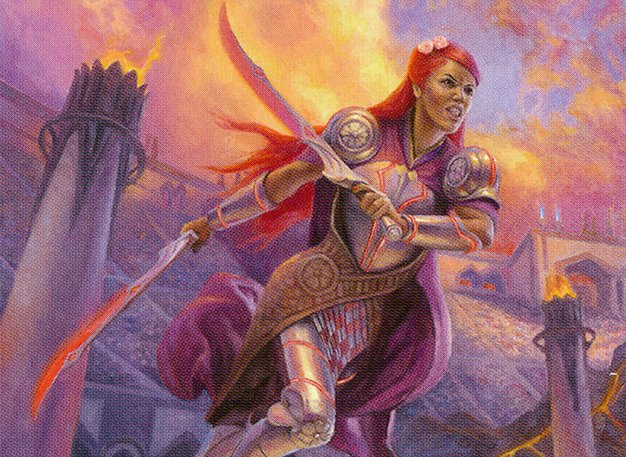
Najeela, the Blade-Blossom
Aggressively create and attack with warrior tokens, utilizing combat triggers and synergy to overwhelm opponents in combat.
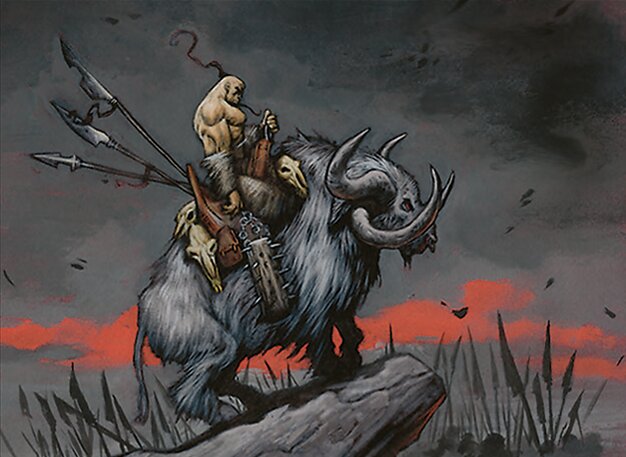
Godo, Bandit Warlord
Accelerate mana and assemble equipment combos, especially Helm of the Host, to generate multiple combat phases and lethal attacks.
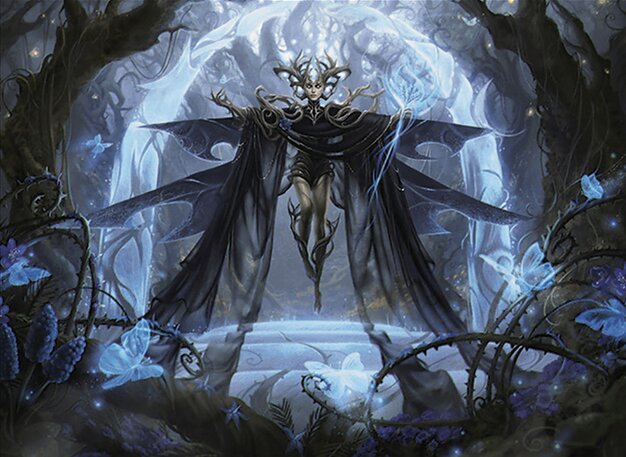
Talion, the Kindly Lord
Control the game through card draw and reactive spells, aiming to outlast other players and win through incremental advantage.

Imskir Iron-Eater
Leverage artifact synergies and affinity to cast powerful spells cheaply, generate card advantage, and control the board.
Gameplay Insights
- 1
Godo’s early Helm of the Host play established a strong threat that could generate multiple combat phases, pressuring opponents to respond quickly.
- 2
Imskir’s use of affinity allowed casting a large spell at a greatly reduced cost, drawing cards while managing life totals effectively.
- 3
Najeela’s combat phase aggressively generated additional warriors, creating multiple attackers to divide opponent’s defenses and chip away at life totals.
- 4
Talion’s slow, reactive gameplay focused on drawing cards and controlling the pace rather than rushing, relying on incremental advantage rather than quick kills.
- 5
Players managed treasure tokens carefully to maximize mana available for critical spells, enabling explosive turns and high-impact plays.
- 6
The interaction of artifact synergies and equipment tutors shaped the midgame tempo, forcing players to balance aggression with board control.
Notable Cards
-
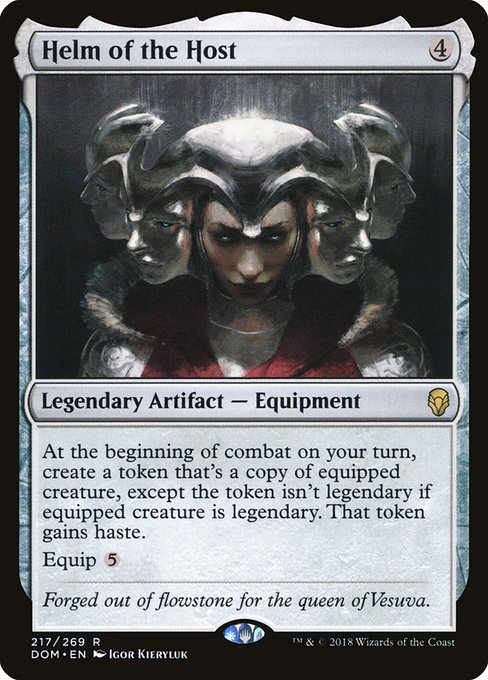
Helm of the Host
-
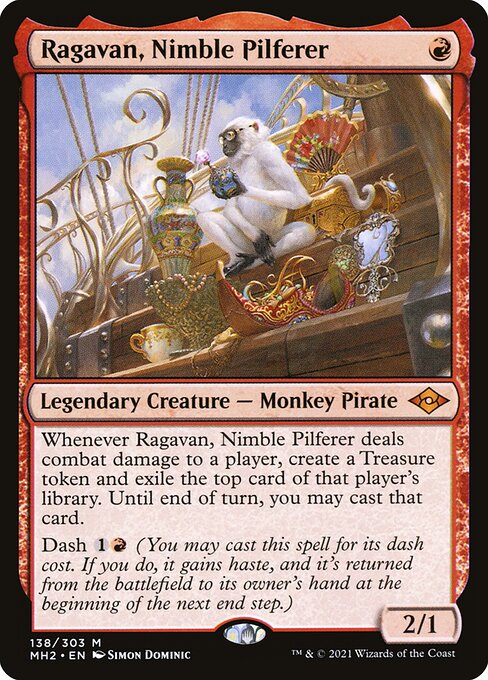
Ragavan, Nimble Pilferer
-
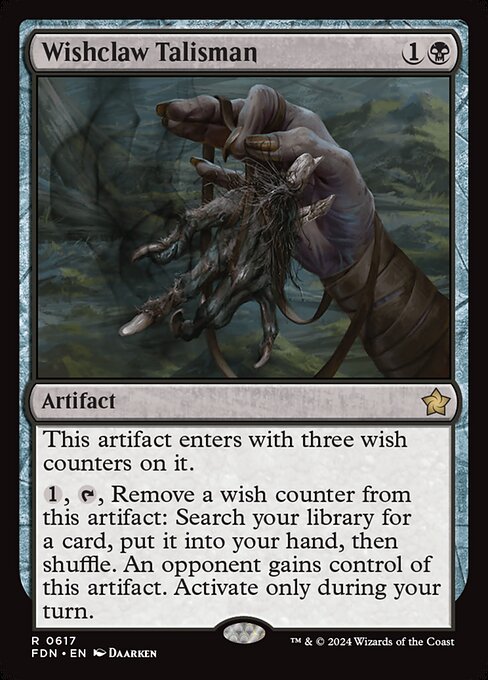
Wishclaw Talisman
-

The One Ring
-

Dark Ritual
-

Seething Song
-
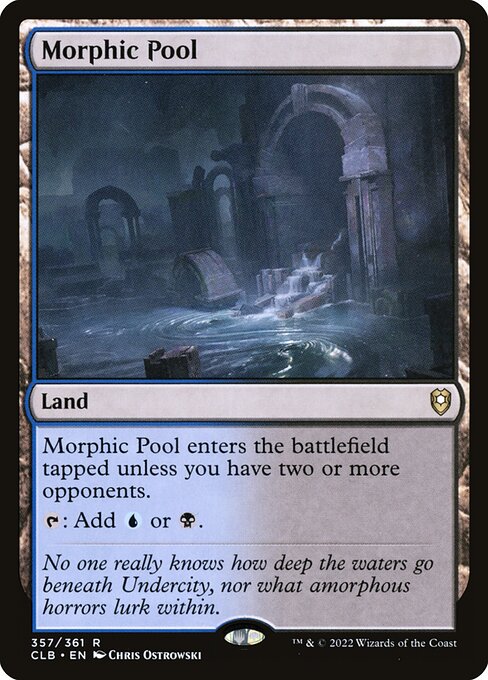
Morphic Pool
-
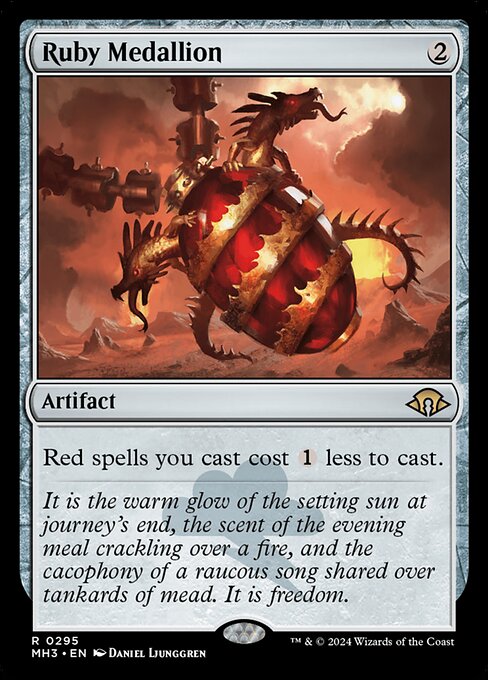
Ruby Medallion
-
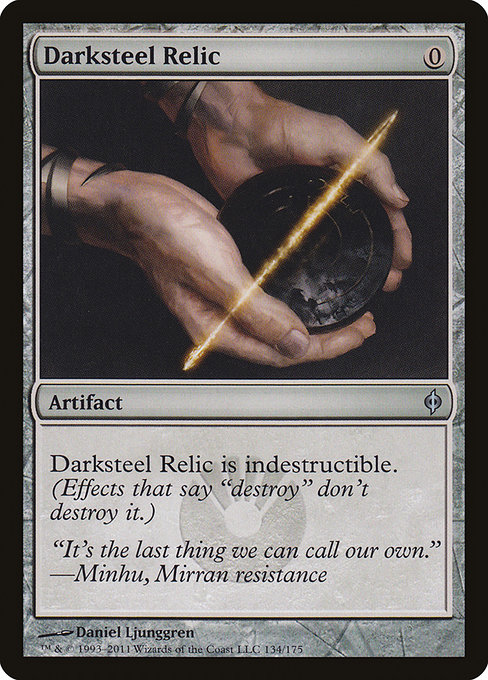
Darksteel Relic
Gameplay Summary
The game began with each player setting up their board with early mana rocks and creatures, reflecting their deck strategies.
Najeela focused on building a warrior token army and leveraging combat triggers to generate value and pressure opponents.
Godo aimed to accelerate red mana and find equipment combos, quickly assembling powerful threats such as Helm of the Host.
Imskir Iron-Eater played an artifact-centric strategy, utilizing affinity to cast large spells at a reduced cost while drawing cards and controlling the board.
Talion adopted a slower, more reactive approach, drawing cards and aiming to outlast opponents. Key turning points included Godo casting Helm of the Host and setting up potential combo loops, while Imskir cast impactful spells like the One Ring, gaining protection and card advantage.
Najeela's aggressive attacks with multiple warriors created board presence and spread pressure across opponents.
The interaction between artifact synergies from Imskir and Godo’s equipment-focused strategy shaped the midgame, with treasure tokens fueling explosive plays.
Meanwhile, Talion's control elements and card draw kept the game balanced, delaying the inevitable battle for the win condition.
The game’s momentum constantly shifted as players used their commanders’ unique abilities and artifact synergies to outpace each other, with each deck leveraging its distinct path to victory.





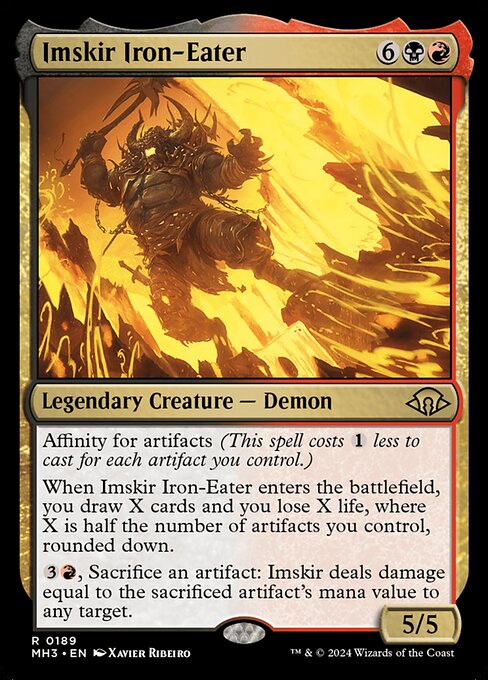

























![Commander Showdown Neera V Imskir V Delney V Arna EP: 40 [EDH gameplay] thumbnail](https://i.ytimg.com/vi/XyNPhu9wBro/sddefault.jpg)











